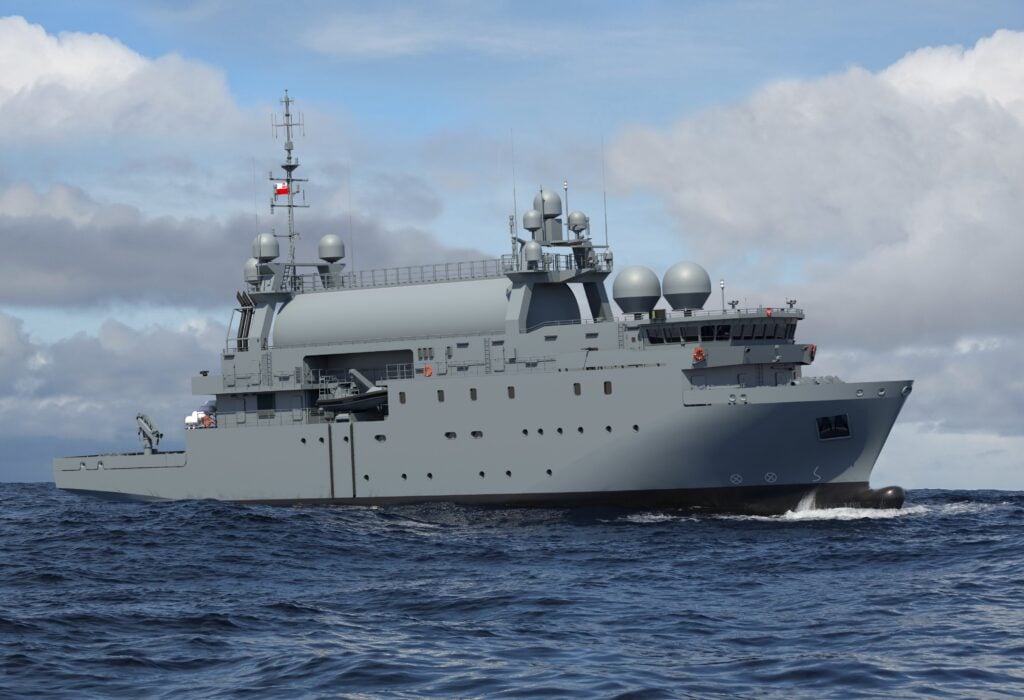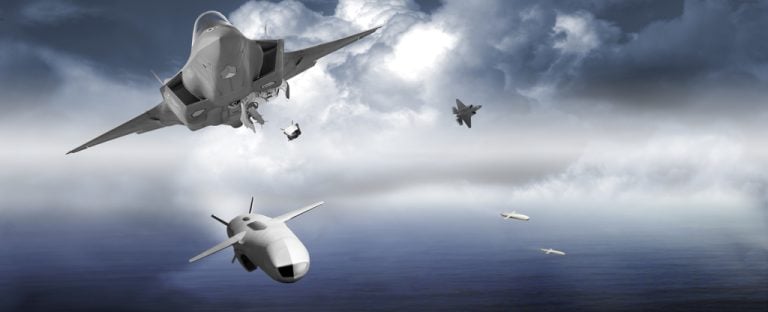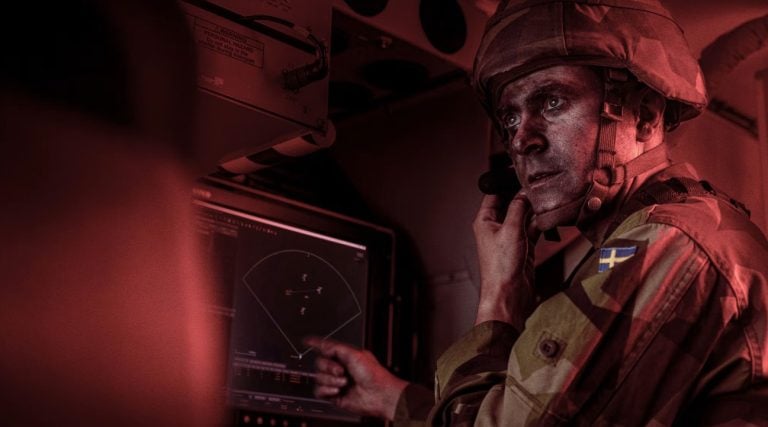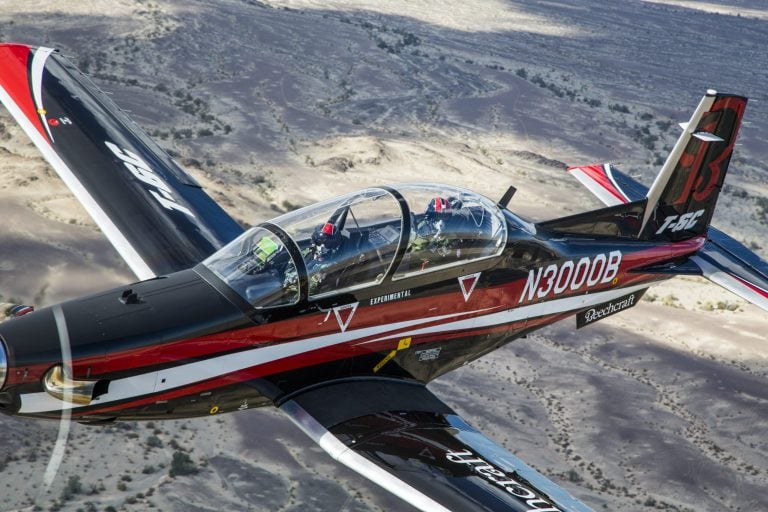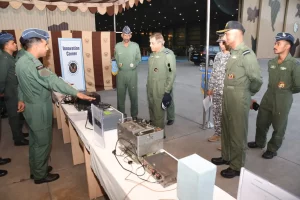The Polish Navy has marked a significant advancement in its maritime capabilities with the launch of its first signals intelligence (SIGINT) ship, ORP Jerzy Różycki, constructed by the Swedish defense manufacturer Saab. Named after the renowned Polish mathematician who famously deciphered the German Enigma encryption machine during World War II, the ORP Jerzy Różycki is designed to collect intelligence data across a broad spectrum of maritime electronic intelligence, including information from naval stations and other vessels.
Moreover, these vessels are expected to play a crucial role in hydroacoustic reconnaissance, effectively identifying and addressing underwater threats posed by both manned and unmanned vehicles. Micael Johansson, President and CEO of Saab, highlighted the launch as a pivotal moment, emphasizing the importance of collaboration and a shared vision among nations surrounding the Baltic Sea. He noted, “This project exemplifies how nations around the Baltic Sea, with similar needs and experiences, can come together to develop solutions that benefit us all.” Johansson underscored the advanced technology and capabilities of the ships as vital for Europe’s security in the face of emerging threats.
The ORP Jerzy Różycki is part of the Delfin program, which aims to replace the aging Project 863 Moma-class radio reconnaissance vessels that have been in service since 1975 and 1976. A contract worth approximately 620 million euros ($730 million) was awarded to Saab in November 2022 for this ambitious project, with delivery of both ships expected by 2027. Construction of the first vessel commenced in April 2023, while work on the second is set to begin in November 2023, with both ships being built at the Remontowa Shipbuilding shipyard located in Gdansk, Poland.
The Delfin-class vessels will share design and technological features with the Swedish SIGINT vessel HMS Artemis. These ships are anticipated to measure 74 meters (243 feet) in length and 14 meters (46 feet) in width. The HMS Artemis has a displacement of around 2,200 tons and is designed to accommodate up to 40 crew members, with 35 cabins and 40 bunks available. The Polish vessels are expected to incorporate high autonomy and endurance, enabling them to operate for extended periods without needing to return to port.
With this development, the Polish Navy is taking decisive steps toward modernizing its fleet and enhancing its operational capabilities in maritime intelligence and underwater surveillance.
